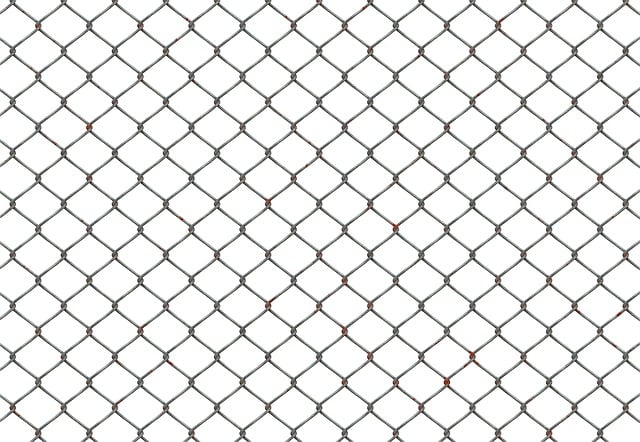Installing a fence can enhance your New Bedford, Massachusetts property’s security and aesthetics. Before beginning, assess your property for suitable terrain and consider the fence type and style that aligns with your home’s architecture. Gather essential tools and materials, ensuring you have the right supplies for the job. Mark out the fence line accurately to ensure precise installation. Learn how to install posts and connect rails securely for a sturdy and long-lasting fence.
- Assess Your Property for Fence Suitability
- Choose the Right Fence Type and Style
- Gather Necessary Tools and Materials
- Mark Out the Fence Line Accurately
- Install Posts and Connect Rails Securely
Assess Your Property for Fence Suitability
Before you start planning your DIY fence installation, it’s crucial to assess whether your New Bedford property is suitable for this project. Consider factors like soil composition and drainage, which can significantly impact post placement. Rocky or uneven terrain may require additional preparation, such as laying a solid foundation or using specialized posts designed for challenging conditions. Additionally, take note of existing structures on your property, including trees, shrubs, or utility lines. These elements could restrict the type and placement of fence you choose to install.
Choose the Right Fence Type and Style
When selecting a fence for your New Bedford property, consider your needs, preferences, and the local environment. Different fence types offer varying levels of privacy, security, and aesthetic appeal. For instance, wood fences are classic, offering natural beauty and customizable styles, but they require regular maintenance. Vinyl fencing is low-maintenance and comes in many designs, while chain link provides maximum visibility and security without obstructing views.
For a personalized touch, mix and match materials or choose a style that complements your home’s architecture. Modern homeowners often opt for sleek, minimalist designs, while traditional homes may suit more ornate fences. Think about the visual impact you want to create—a solid barrier or an open, decorative element—and select a fence type and style that aligns with your vision.
Gather Necessary Tools and Materials
Before beginning your DIY fence installation project, it’s crucial to gather all the necessary tools and materials. This includes a measuring tape for accurate measurements, post holes diggers or an electric drill with a hole-drilling bit, a level to ensure your posts are straight, fencing panels or pickets, posts, brackets, concrete for setting the posts in place, and any hardware like screws or nails. Make sure you have enough materials to complete the entire fence—a well-stocked toolbox will save you from frequent trips to the store.
Additionally, consider protective gear such as work gloves, safety glasses, and a dust mask to keep yourself safe during installation. Having all your tools and materials ready beforehand will streamline the process, making your DIY fence project a success.
Mark Out the Fence Line Accurately
When planning your DIY fence installation, one of the most crucial steps is accurately marking out the fence line. This ensures that your fence is straight and true, providing a neat and professional finish. Start by measuring and laying out the desired length and height of your fence using string and stakes. Ensure the string is taut to maintain precision. Use spray paint to mark the ground along the intended fence line, making it easily visible as you dig the post holes.
Accurate marking also helps in obtaining permits if required by local regulations. It’s a fundamental step that lays the groundwork for the rest of your installation process, ensuring your fence stands strong and looks great for years to come.
Install Posts and Connect Rails Securely
When installing fence posts, ensure they are set deep enough into the ground to provide stability. In New Bedford’s soil conditions, concrete is recommended for a secure base. Mix and pour concrete around each post, making sure it’s level with the surrounding ground. Allow the concrete to set completely before proceeding.
Once the posts are securely in place, connect the fence rails using brackets. Tighten the brackets firmly to ensure the rails are aligned and stable. Check that all connections are secure by tapping on the rails to verify they don’t wiggle or move. This step is crucial for maintaining the overall integrity of your new fence.
